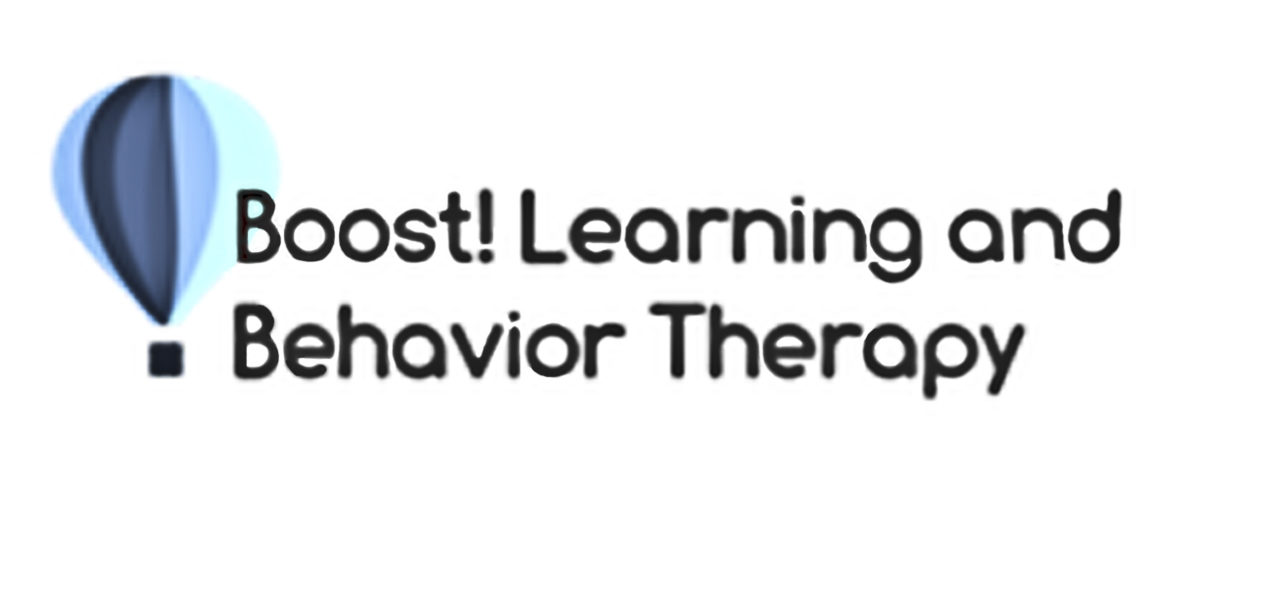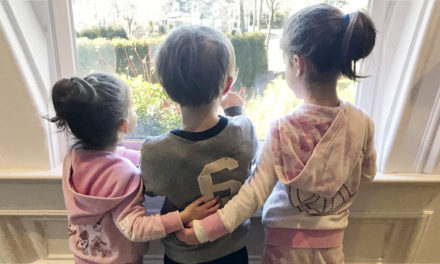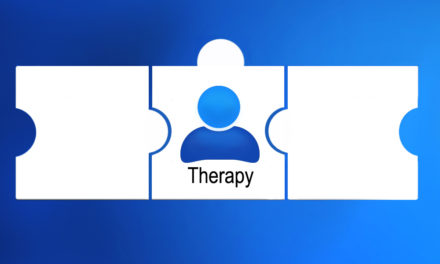For many children with special needs or a developmental disability, such as autism, Applied Behavior Analysis (ABA) is often just one of several interventions first recommended by a medical doctor. For many parents first navigating the world of special education, ABA is another acronym to add to a growing list of newly assimilated terminology. Needless to say, it’s a lot of new information all at once. As a Board Certified Behavior Analyst (BCBA) part of my job is to seamlessly turn an ABA recommendation into a reality. In addition to my ABA training, I am also an Educator, and for much of the past 12 years I’ve been able to provide or supervise home-based ABA Therapy. Treating in-home provides me the opportunity to work side-by-side with you, the parents and caregivers, while developing and implementing an individualized ABA program for your child. This is a responsibility I do not take lightly. As with the start of anything significant, you will have questions that need answers. I always reassure parents can ask me anything that comes to mind about ABA, about your observations of sessions or for tips on how to incorporate an activity or strategy into daily life. As a parent, you know your child better than anyone, so if you need clarification or you’re unsure about something please let us know. With guidance from a BCBA, initial uncertainty about what an ABA program means for your child can be replaced with clarity and understanding. To help begin unraveling some topics, I’ve listed 5 frequent questions I’m asked during the first few weeks of ABA therapy.
What are you going to do during your sessions? The short answer is A LOT! At the onset of an ABA program, an ABA Assessment tool is used (often the VB-MAPP or ABLLS-R) to understand specific skills your child already can do, and what skills to teach. If your ABA program is through an educational source (EI, CPSE) IFSP and IEP goals also outline specific objectives to include in sessions. These goals can cover a wide range of areas, a few of which I describe next. An ABA program can focus on communicating and using language as a speaker, which is often first covered in Manding (requesting), Tacting (labeling), Echoic (verbal imitation) and Intraverbals (fill in the blank statements and answering questions like “What is your name?”). Programs can focus on listening behaviors, like following a direction to “come here”, finding a common item when asked “where are your shoes?” or responding when your child hears his/her name called. Play, social and leisure skills are covered during sessions beginning with functional use of toys/objects up through co-operative play and conversation with a sibling or buddy. Depending on your child’s age, social skills can be covered in all sorts of ways. For many children, this is a crucial area to focus on so talk with your ABA Therapist on the best way to incorporate social skills. Daily Living Skills (ADL’s) are another crucial component and can include anything from toilet training to hand-washing to riding a bus. Sessions can happen while playing on the rug in your living room or your child’s bedroom, for older children while sitting with the therapist at a child sized table, or out in the community. Location depends on many factors, including your child’s age, so if you have questions bring this up early on.
Should I stay in the room during sessions? It is helpful, especially at the beginning, to have a parent or caregiver involved in sessions. This helps you understand your child’s program better, and helps us understand your child better. The ultimate goal is for your child to be able to engage in new activities and play with you, use new language with you, listen to your directions and language and complete daily living skills with you, all outside of sessions. Planning together early on helps with carryover and generalization down the road. As time goes on and things get settled you may find yourself not sitting in during all sessions. That is fine too. You and your ABA therapist can discuss the best set-up and format for your child.
What do you mean more structure? Often one of the first phrases you hear about ABA is that “ABA is structured”. You might already have a structured day and follow a similar routine every day, or you might know your child really benefits from consistency every day, but it’s easier said than done. In an ABA program structure can mean a few things. First, it is a teacher-led approach, meaning the plan of action is developed ahead of time by the therapist. Therefore, the therapist already knows at the beginning of the session what programs he/she will incorporate that day. This is not to imply that an ABA session is forceful. We all know that even the best-intended plans may need to be adjusted and changed last minute. A BCBA knows how to read your child’s cue, has learned about your child’s learning style and can present material in a manner in which it can be received. This type of structure means we plan for your child to have multiple opportunities to practice particular skills each session. When this happens consistently, over time, we can start to see change and learning. Second, structure can mean following a familiar pattern every session. The therapist may begin a session the same way with songs or creating a schedule with your child. He/she may have clear expectations and routines that are consistent everyday. For example, books return to the shelf after reading, snack time happens at the table, play-doh goes back in the container after play. These expectations are often developed through a combination of understanding child development and your family routines. A third way structure comes into play is in how we respond to behaviors. To teach new skills, or replace old ones, we want to make sure the desired behavior or outcome is the one being encouraged and reinforced on a regular basis. For example, if your child’s goal is to request “more” or “crackers” we can provide structure by consistently reinforcing the appropriate targeted response like using a vocal word, a point, ASL, exchanging a PECS icon or talking with an AAC device, and not reinforce the behaviors you want to replace, like throwing an empty snack plate on the floor. These responses are individualized to your child, as are strategies to teach them. As your child’s ABA program is being developed, you and your team can discuss them, and a plan of action.
Are you going to use an IPAD? What about food? This is a big one that I get asked a lot. An IPAD or food (extra snack food, not your child’s meal) may be considered reinforcers. Being considered a reinforcer means these items are highly preferred by your child and when they follow a new action or response, there is a higher probability that this new response or action will occur again. Positive Reinforcement is a primary principle used in all ABA programs to teach new skills and responses; however, how this reinforcement is delivered is individualized. As a rule of thumb, regardless of if electronics and snack food are used in sessions, it’s important reinforcers vary frequently. Aside from edible reinforcers and electronics, sensory input like tickles or squeezing squishy balls, access to favorite toys, listening to favorite songs, reading a book, social praise like cheering and clapping are all examples of reinforcers. If you are not comfortable including an IPAD or snack food- or any particular item/activity for that matter- let your ABA Therapist know. There is no rule that says they must be used.
Can you talk to the Speech/OT/PT/Feeding etc therapist? Yes! Regardless of your child’s age this coordination is key. Some of the logistics will depend on the funding source of services (i.e. EI, CPSE or Private), with most flexibility often occurring in private services. And without overly complicating things, if you get ABA through your health insurance HIPAA laws come into play, so make sure to check with the supervisor/director/coordinator of your program about what’s allowed. Many families have Team Meetings, (can be approved through Early Intervention) which allows all therapists to meet to discuss progress and goals. In the private ABA world, ABA teams may hold ABA clinics to allow for all ABA therapists to meet, and run through programs with your child. This helps ensure consistency and gives an opportunity to troubleshoot as a team. Another great tool for any team is having a communication notebook or group email. This way each provider, and you as parents, can give updates and ask questions to everyone at the same time.
Erica Wyner, MA, BCBA, LBA is Founder of Boost! Learning and Behavior Therapy (www.boostABA.com) and is an ABA Specialist with NY League for Early Learning- LifeStart Program ( http://nylel.org) .






